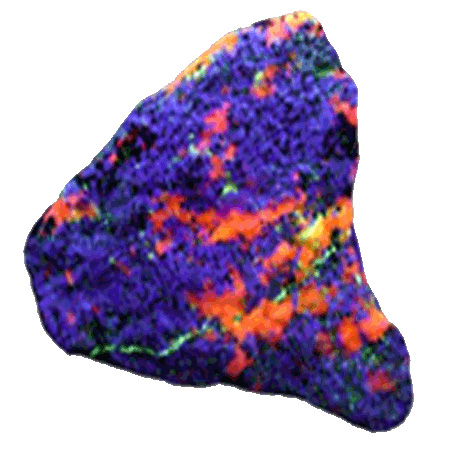Description
Ultraviolet (UV) light, short-wave (UV-C 254nm) and/or long-wave (UV-A 365nm), is used to expose fluorescent activity in gems and minerals. The natural fluorescence of certain materials produces vivid colours when viewed with a UV lamp. This process is quick and cost effective, offering portability for inspection out in the field.
GEMS: The fluorescence of gems under UV radiation is a result of excitation of impurities or structural flaws of the minerals. Ultraviolet fluorescence is used by gemologists, jewellers and collectors to separate the artificial gemstones from the real, or in determining if the gemstone has been heat-treated. A UV light can be used on a large sample of minerals, saving time and money in inspection identification, particularly out in the field.
MINERALS: UV light causes minerals to fluoresce as the color variations displayed by certain minerals are a result of impurities, called activators, which absorb the ultraviolet radiation and emit visible light and heat. Different minerals emit different colors, making identification simple and easy. Scientists and hobbyists alike can perform their work in the field with a cordless UV lamp to view minerals in their natural environment.
UV LAMPS: The Way Too Cool range of UV lamps are specifically designed for the display and detection of fluorescent minerals. They are produced using quality parts such as Philips UV tubes, Hoya and Kokomo filter lenses. Maximum output from the tubes is achieved by the use of specially designed electronics. The 190 watt short wave unit is the most powerful mineral display lamp on the market and is ideal for large displays.

